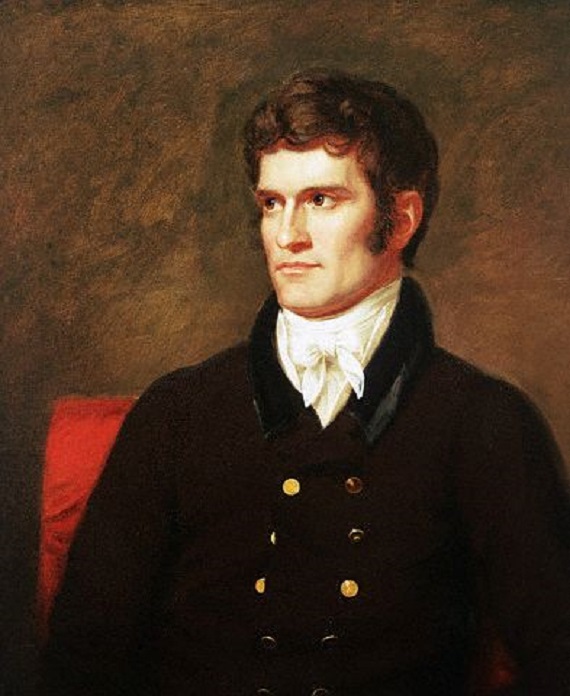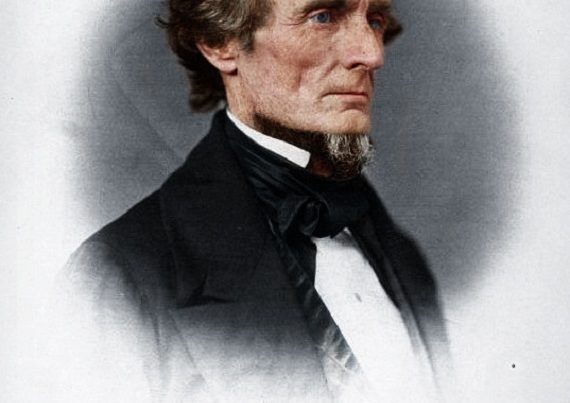Most Civil War and Reconstruction Era historians dismiss Southern complaints about tariffs, both as a cause of the War and of postbellum Southern poverty. They contend that the only impact of the tariffs was to raise the price of domestic goods protected by such tariffs. The price inflation, they argue, affected all Americans, not just Southerners. Although most concede that the domestic producers protected by such tariffs were chiefly north and west of the Mason-Dixon Line and the Ohio River, few explain how protective tariffs were injurious to the South’s export economy.
On the eve of the Civil War cotton and tobacco alone accounted for two-thirds of America’s aggregate $316 million in exports, with cotton representing 92% of the two-thirds. Eight years after the Civil War ended, cotton and tobacco represented half of all USA exports with cotton accounting for 90% of the half. As late as the 1930s most of America’s cotton continued to be sold overseas.
During the nineteenth century Great Britain was America’s prime trading partner. They typically sold us manufactured goods, which we paid for by selling them cotton and tobacco exports. Shortly after the Civil War started America raised her average tariff on dutiable items to 45% and held them there for fifty years.
Most historians correctly teach that the 45% tariff protected domestic (mostly Northern) manufacturers from overseas price competition. Few, however, teach that the tariffs also depressed the prices for American commodity exports. The following simplified and hypothetical transactions explain how:
Assume that Britain sends $300 million in manufactured goods to America in one massive fleet. If there is no tariff, the shipper (Great Britain) collects $300 million in proceeds by selling their goods to Americans. The shipper thereby has $300 million in US currency with which to buy American exports.
Next, consider the same transaction with a 45% import tariff. Instead of collecting $300 million the shipper must pay $135 million (45%) of the sales proceeds to our Federal Government as an import tax. Thereafter he has only $165 million in American currency with which to buy USA exports. To buy the same quantity of American exports as in a tariff-free environment, he must reduce his bid price to the American sellers by 45%. Since Southern farmers were consistently such sellers well into the twentieth century, they were forced to accept prices far below what a tariff-free market would yield.
In short, Southerners not only had to pay the same inflated prices for Northern-made manufactured goods protected by tariffs from overseas competition as did all Americans, but they also had to accept steeply lower prices for their export products. (The quantity sold could alternatively be reduced, but the financial impact would be the same: a 45% reduction in the proceeds to Southern farmers and other exporters.)
In sum, tariffs imposed a regionally discriminatory penalty, that kept the South poor for almost a century after the Civil War had ended. Regions, like the North, that chiefly produced goods for domestic consumption mostly avoided the penalty.







is there a source readily available from one of the southern states at the time showing reduced sales of southern exports or reduced buying from overseas? also, in the hypothetical, i expect the 135 million that went to the general govt, vastly more went to northern palm greasers (internal improvers) than to those in the south?
The CSA constitution prohibited government from favoring certain industries…”nor shall any duties or taxes on importations from foreign nations be laid to promote or foster any branch of industry”…I am pretty sure this is a change which addresses the tariff issue. The quote can be found in the first numerated power of Congress in Section 8.
Taxes on Southern goods paid the bills for the U S federal government…that’s what happens when you allow the House of Representatives the power to levy taxes and you happen to live in the malarial zone of the country. White labor won’t move there for fear of death from disease (Jefferson Davis’ first wife died of malaria, for example) or lack of desire to compete with black slave labor. Black labor has the advantage as West Africans developed sickle cell due to constant exposure to insect-vectored malaria. Malarial mosquitoes do not crave sickle cell blood, I suppose. Over time, as European immigrants arrive, lured by free land (Homestead Act), the majority of the population inhabits the non-malarial zone. Of course, the yankees could have encouraged black African immigration but I can find no records of such. And even if yankees did encourage blacks to migrate north of the Mason-Dixon line, blacks couldn’t vote there anyway, so it would have just been one less berth on a ship that could have hauled a potential voter. You will recall, the yankees would only count a slave as 3/5ths of a person…so desperate they were to gain control of the HOR.
Malaria. Sickle cell. You can read about it on the web.
Hi Mr. Leigh,
Please clear up some confusion in my mind.
From what I understand the protective portion of tariffs were a tax on foreign imports to raise their retail prices to a point that was competitive with domestic producers. The goal was to give American companies a helping hand while they gained the same economies of scale of established foreign businesses.
For example, a foreign business can sell a product for $4.00 and make a profit. A similar domestic company would need to sell the same product for $5.00 in order to make an adequate profit. A tariff of 25% would force the foreign company to raise its retail price to $5.00 in order for it to make its original profit. On that basis alone, I can understand why some Americans would be have been unhappy with the 25% tariff. They are paying $5.00 for a product they could buy for $4.00.
My confusion is how this is a double whammy. It seems to me that the foreign company eithers pays the 25% tariff and adds it to it retail price so it makes its intended profit, or it sucks it up. If the foreign company sucks it up, and only has $3.00 left after paying the tariff, then, as you stated, it would not be able to purchase its intended $4.00 of American products. Therefore, it would harm American exporters, as you stated.
However, if the foreign business sucks it up, then the American consumer is only paying $4.00 for product. Where is the double-whammy?
Another piece of confusion for me is, it seems to ignore the Warehousing Act of 1846. Prior to this law, foreign merchants often had to sell their cargo on short notice and at reduced prices to obtain the necessary funds for assessed duties. After this act, foreign companies no longer had to pay the tariffs up, so they had the funds to purchase American products.
Please help clarify this confusing situation.
The hypothetical example I provided shows that the natural tendency for import tariffs is to increase the price of imports and decrease the price of exports. While the consumer can choose to absorb the tariff cost it still must be paid thereby increasing the cost of the item. Although the protection of infant industries was the original excuse for such tariffs eventually the result was the creation of domestic monopolies. The downward pressure on the price of USA exports was an ever-present force operating in a free market where the exporters had no government protection.